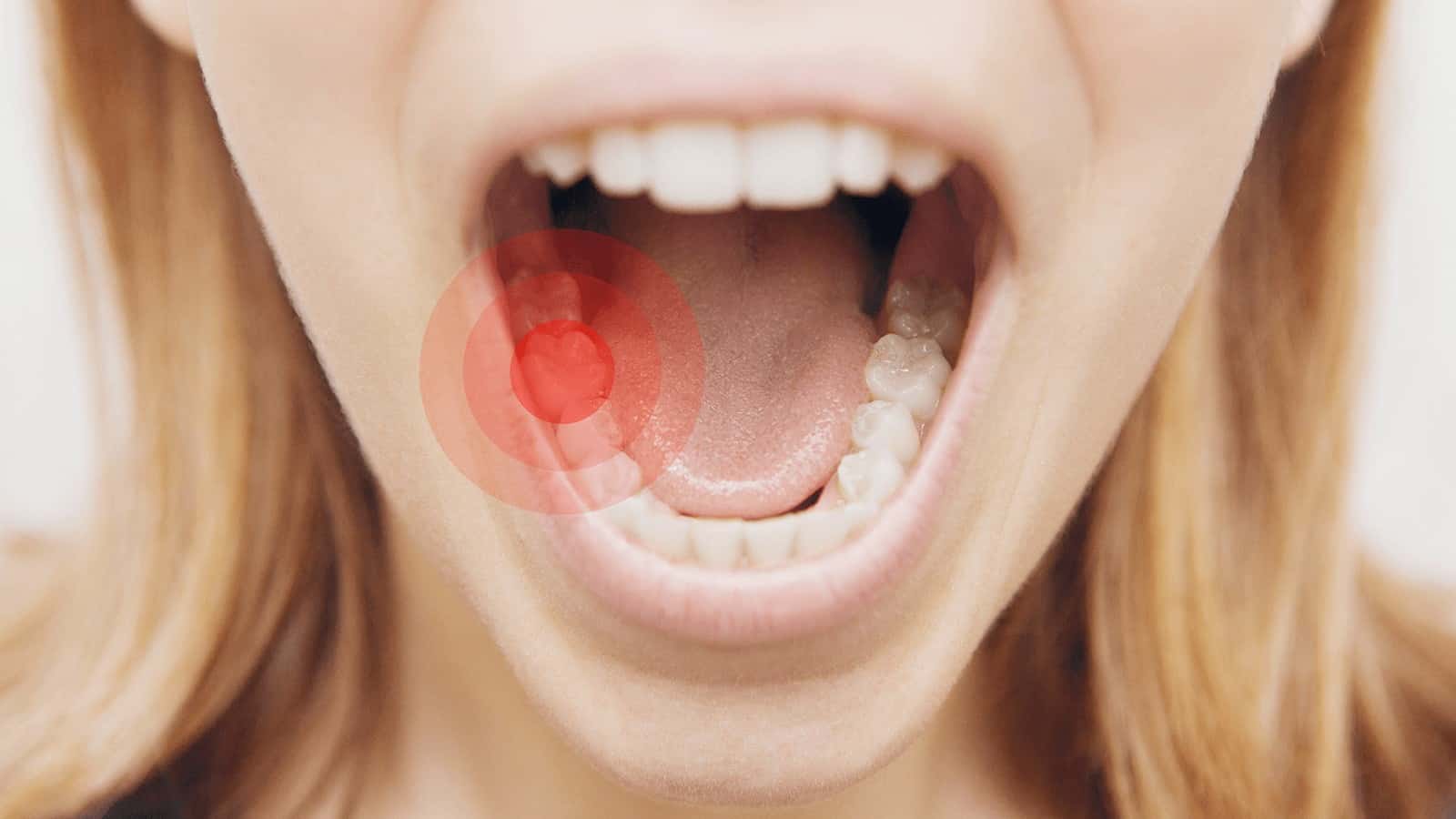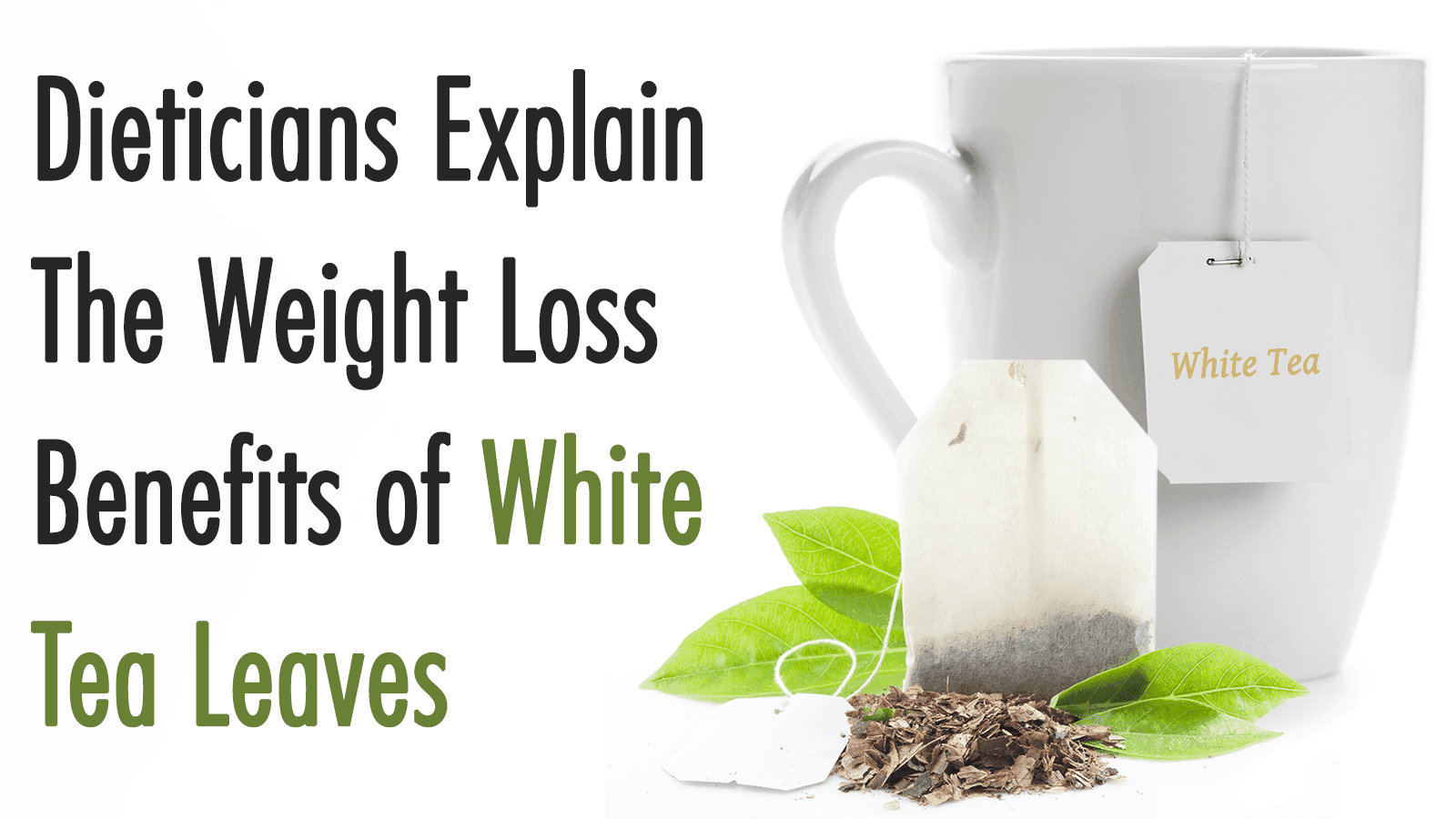Toothaches are no joke. It is possible for the bacterial infection that causes toothaches to enter the bloodstream and spread to other places in the body. So, before we get going on methods of naturally relieving a toothache, here are a few signs that your aching tooth is at the point where you should see a dentist ASAP:
- A toothache lasts longer than a couple of days
- Pain associated with the toothache is intense, not diminishing, or both.
- Experiencing a fever and/or an earache, and/or pain when opening the mouth
- A cracked tooth or fracture is causing the toothache
- A toothache is accompanied by other severe symptoms, including swelling of the neck or mouth, or difficulty breathing, speaking, or swallowing (this is a medical emergency.)
The good news is that most toothaches are quite harmless and easily rectifiable. It’s safe to say that many (all?) of us have had to deal with an aching tooth at some point.
In addition to its commitment to preventive services, the clinic takes pride in its team of experienced professionals who stay updated on the latest advancements in dental technology. This ensures that every patient receives the most effective and efficient treatments available. From routine cleanings to complex surgical procedures, the clinic’s knowledgeable staff is dedicated to creating a comfortable and reassuring environment. Patients can trust that they will receive exceptional care, whether they seek the expertise of a skilled henderson dentist for cosmetic improvements or require restorative solutions to address underlying issues.
Moreover, the clinic emphasizes the importance of patient education, equipping individuals with the information they need to maintain optimal dental health. By fostering an open dialogue about treatment options and preventive strategies, the clinic empowers patients to make informed decisions about their care. This holistic approach not only addresses immediate concerns but also promotes long-term wellness. With a strong focus on building lasting relationships, the clinic strives to be a trusted partner in the community’s dental health journey, ensuring that everyone can achieve and sustain a beautiful, healthy smile.
Predictably, the leading cause of a toothache (and nearly every other condition linked to the teeth or gums) is poor oral care. Given the relatively cheap options available to help us keep our teeth clean – including toothbrushes, pastes, and floss – everyone should be making oral health a priority. Proper home oral care, per the American Dental Association (ADA), consists of:
- Brushing twice a day with fluoride toothpaste
- Cleaning between the teeth every day with dental floss
- Limiting the consumption of sugary foods and drinks
- Visiting the dentist once per year for cleaning and consultation
Provided you are not suffering from any potentially dangerous condition and your pain is relatively moderate, there are many natural ways to treat a toothache without medical intervention.
Here are eight ways to relieve a toothache:
“…it is possible to die from complications from an infected tooth. Every year there are cases where the patient did not receive appropriate and timely treatment of an infected tooth.” – Thomas Porter, faculty member, University of Florida College of Dentistry
Use a cold compress
Toothaches are caused by the disturbance to very sensitive nerves within the tooth. Cold compresses are one of the oldest methods of pain relief for this very reason: they numb the nerves both within and around the affected area. Ice also works by reducing inflammation and constricting the blood vessels.
This latter function effectively lessens the amount of blood flowing through the region, thus dulling pain. For these reasons, cold compresses and ice make for an excellent natural pain-relief option.
Clove oil
The medicinal use of cloves goes all the way back to ancient China, where they became widely used as a pain reliever. One of the active ingredients in cloves, Eugenol, is recognized in the medical community as a natural anesthetic.
You don’t want to pour clove oil directly onto the affected area. Instead, take a whole clove and chew it to release the oil. Or, you can place a couple of drops on a cotton ball and leave it in the mouth.
Garlic
Garlic is a natural antibacterial and antiviral. A clove of garlic can immediately begin killing plaque-causing bacteria while reducing pain. Allicin, a compound found within garlic, is a potent liquid that is a natural disease-fighter.
Take a clove of garlic and place it around the affected area. Chew slowly, repeating twice or until you notice the pain receding.
Saltwater rinse
Per WebMD, rinsing with warm, salty water is one of the best things for natural oral care. It is recommended to mix half a teaspoon of table salt with eight ounces of lukewarm water. Swish the mix around in your mouth for about 60 seconds and spit.
You may want to do a light flossing around the achy tooth to remove any bits of food.
Onions
While the thought of chewing onions isn’t too appetizing, doing so may just help prevent cavities and tooth decay. Onions are known bacteria fighters and are also an effective anti-inflammatory.
For pain relief, onions are outstanding due to the presence of sulfur when, mixed with saliva, produces a powerful numbing effect.
Tea bags
Various teas have anti-inflammatory and numbing properties that make dealing with a toothache much easier. Peppermint tea is packed with tannin, a natural antibacterial and anti-inflammatory agent. Used teabags may also help soothe irritated gums.
You can apply a teabag as either a cold compress or after allowing it to cool. If you like the idea of a cold compress, simply put the used tea bag in the freezer for a few minutes. Apply to the affected area for 30 minutes.
Thyme
Thyme is a potent, versatile herb that contains antibacterial, antimicrobial, antiseptic, and disinfectant properties. It is also a highly efficient pain reliever. According to one study, its pain-relieving properties are comparable to ibuprofen.
To use, apply 3-4 drops of thyme oil and 1-2 drops of water onto a cotton ball and place on the affected area for 10 minutes.
Wheatgrass
Wheatgrass is considered a superfood because of its wide range and high volume of nutrients. Loaded with vitamins and minerals, wheatgrass contains antibacterial, anti-inflammatory, and antioxidant properties. Wheatgrass also provides a good amount of chlorophyll, which is excellent for staving off infections.
https://www.youtube.com/watch?time_continue=1&v=7BNGVmwxoHI


















